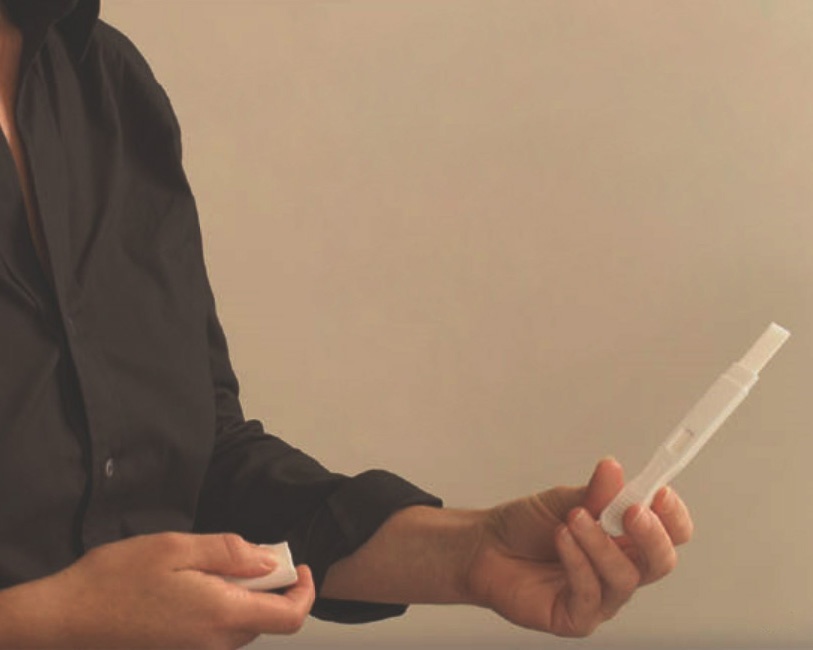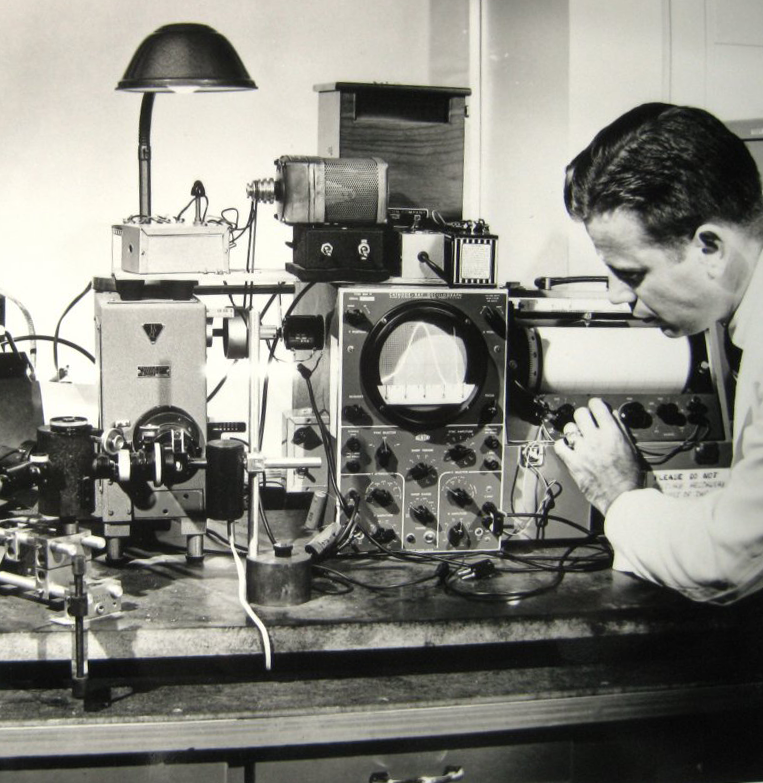...
| Div | |||||||||||||||||||||||||||||||||
|---|---|---|---|---|---|---|---|---|---|---|---|---|---|---|---|---|---|---|---|---|---|---|---|---|---|---|---|---|---|---|---|---|---|
| |||||||||||||||||||||||||||||||||
The valves in your heart open millions of times a year. A damaged valve limits the flow of blood and oxygen to your body and makes your lungs work harder. Like nearly 80,000 people in the United States each year, you may need surgery to replace a damaged valve. This exhibition describes the discoveries that led to the heart-lung machine and open heart surgery, the number of experimental replacement valves that were invented and implanted, the role that NIH played in the 1960s and 70s in developing and testing these medical devices, and the public safety and regulatory responsibilities that were entrusted to the FDA. These histories are more than timelines of material sciences, engineering, and technology—they are also very personal stories of dedicated healers searching for solutions to heart ailments. |
| Div | ||||||||||||||||||||||||||||||||
|---|---|---|---|---|---|---|---|---|---|---|---|---|---|---|---|---|---|---|---|---|---|---|---|---|---|---|---|---|---|---|---|---|
| ||||||||||||||||||||||||||||||||
|
...
| Div | ||||||||||||||||||||
|---|---|---|---|---|---|---|---|---|---|---|---|---|---|---|---|---|---|---|---|---|
| ||||||||||||||||||||
|






